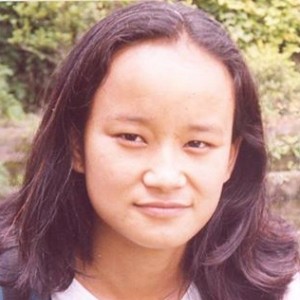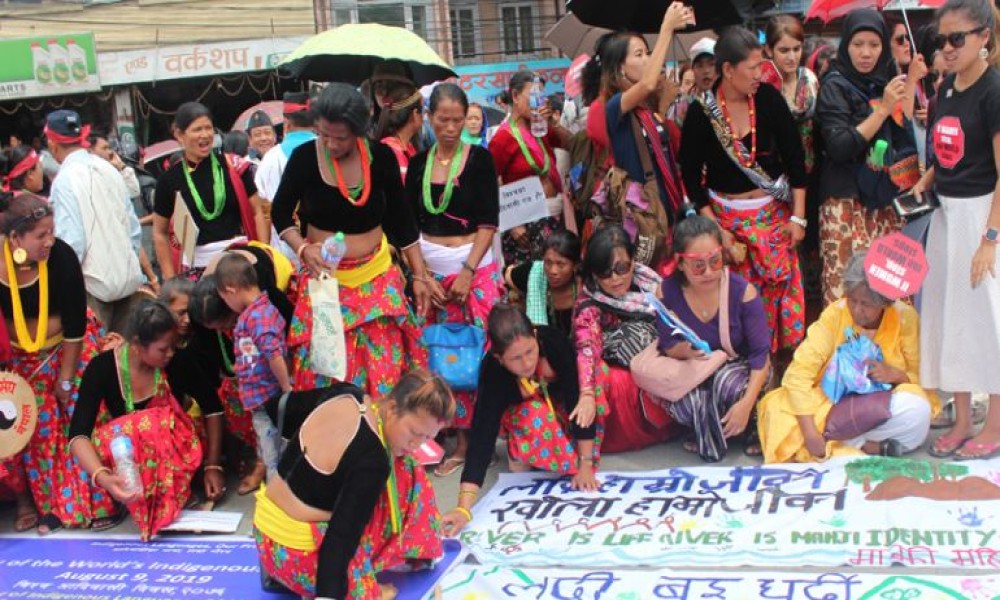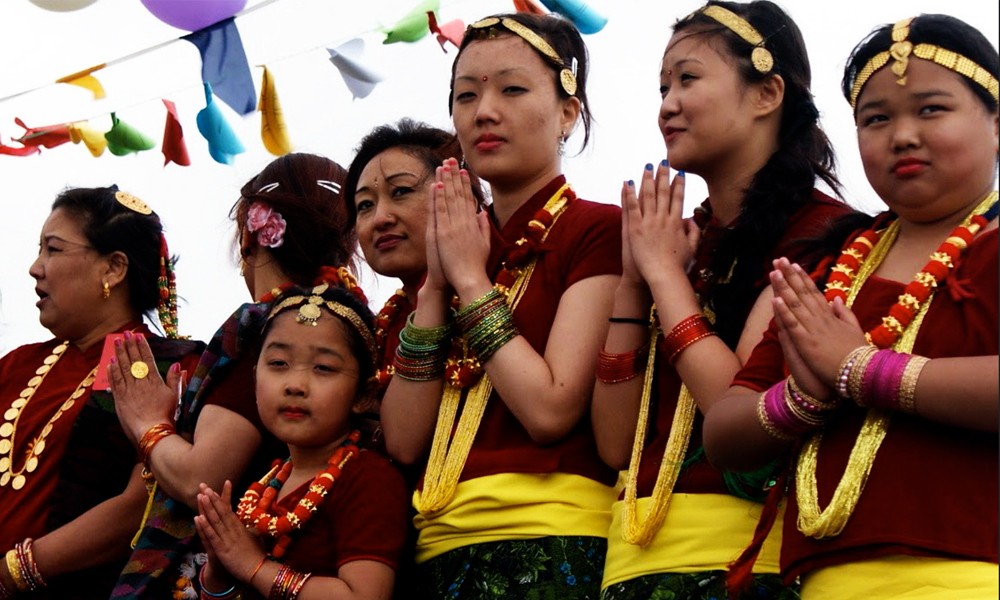In a Nepali society where patriarchal Hindu norms and values are deeply rooted, Indigenous women stand out as a distinct social group enjoying gender equality. They enjoy rights over their body, and exercise control over their sexuality to an extent. They have a great deal of rights to self-determination over marriage, partner selection, divorce and even second marriage. Also, they are socially and culturally independent to own private property, and are free to work in formal and informal sectors.
Therefore, Nepal's Indigenous women – like indigenous women around the world – are widely regarded as being more independent and empowered compared to other Nepali women, who are born to and raised in the Hindu patriarchal society. Some would even go to the extent of arguing that indigenous women need not be feminists because they already enjoy socio-cultural rights, which other women representing the Hindu patriarchal society are deprived of. They would think that there should be no room for the concept of women rights in an indigenous society, where women have been historically enjoying social, cultural, economic and political rights.
Nepal's Indigenous women – like indigenous women around the world – are widely regarded as being more independent and empowered compared to other Nepali women, who are born to and raised in the Hindu patriarchal society.
But such an understanding of the space that Indigenous women have in the Nepali society is not only incomplete and ridiculous, but it is also very problematic. This is also one of the reasons why Nepal's indigenous community, their different associations/organizations and Indigenous women remain largely shy of debating feminism and gender equality.
So it is imperative to discuss whether it would be right for Nepal's indigenous community to look at feminism through the same lens of the mainstream society. How near or far they are from the nature, characteristics, model or concepts of feminism adopted by the mainstream? It is another pertinent question for discussion.
Feminism is not restricted to the struggle of women of a particular community, race or sexuality for being equal to men of the same socio-ethnic group. Feminism has much broader dimensions. It is actually linked with all the dimensions of the state structure, society, family and social beings.
For indigenous women, the purpose and meaning of feminism is different from how it is viewed by the mainstream because they are acutely aware about how they have been robbed of their original customs, tradition, language, culture, indigenous knowledge, skills and ancestral land due to the patriarchy fostered by Hindu norms and values. Therefore, the patriarchy and male dominance are not the only problems they have to deal with.
The restoration of their unique identity and customary laws is the main agenda for indigenous women. They want their unrestrained access to and control over their forest, water resource, land and ancestral habitat.
The abolition of patriarchy and equal rights are certainly important, but they are not main agendas for them. The restoration of their unique identity and customary laws is the main agenda for indigenous women. They want their unrestrained access to and control over their forest, water resource, land and ancestral habitat. Their struggle is for the recognition of their ethnic and gender identity, and their quest for the identity of indigenous women is shaped more by the belief in indigenousness than feminism. Feminism alone, as propounded by the mainstream, is not sufficient to address indigenous women's gender issues because it fails short of helping their quest for indigenous identity. Therefore, indigenous women's movement should come up with a fusion of feminism and the belief in indigenousness.
After the 2006 pro-democracy movement, indigenous women have increased their presence and activity in the broader socio-political spectrum with their agendas transformed by the new context. There are three main dimensions to their agendas.
First, indigenous women are in a pursuit of their identity and equal existence, for which they have been pressing for their proportional representation in every State organ. They want their inclusion and meaningful participation in all state mechanisms. Albeit not vociferously, they have also been speaking up against the state of inequality within women, and against discrimination between them.
Indigenous women are in a pursuit of their identity and equal existence, for which they have been pressing for their proportional representation in every State organ. They want their inclusion and meaningful participation in all state mechanisms.
Second, indigenous women have realized that they will not be able to achieve their rights without resisting against their exploitation, suppression and discrimination. But they are also struggling to mainstream the issues of their identity in the broader movement for gender equality.
Third, they are now looking at the movement for the rights of indigenous people from gender perspective. Even within the indigenous community, the space for indigenous women is now shrinking because of new gender imbalance, which threatens to increase injustice for women. They have been speaking up against the patriarchy and male dominance that exists within their community, but they are yet to come up with clear theoretical concepts and the framework of feminism for indigenous women.
This is an unofficial translation of a shorter version of Kailash Rai's article originally published in Kantipur daily-Editor








